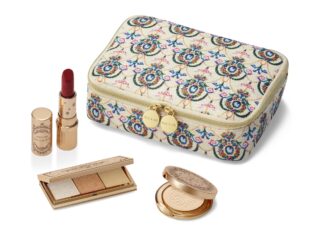This website uses cookies so that we can provide you with the best user experience possible. Cookie information is stored in your browser and performs functions such as recognising you when you return to our website and helping our team to understand which sections of the website you find most interesting and useful.
Interview: Jessie and David Thomas on a jewel-encrusted family legacy
By Gabriel Power | 10 February 2021 | Lifestyle, Style
The father-daughter jewellery duo talk tradition, inspiration and a new line of Floating Diamonds
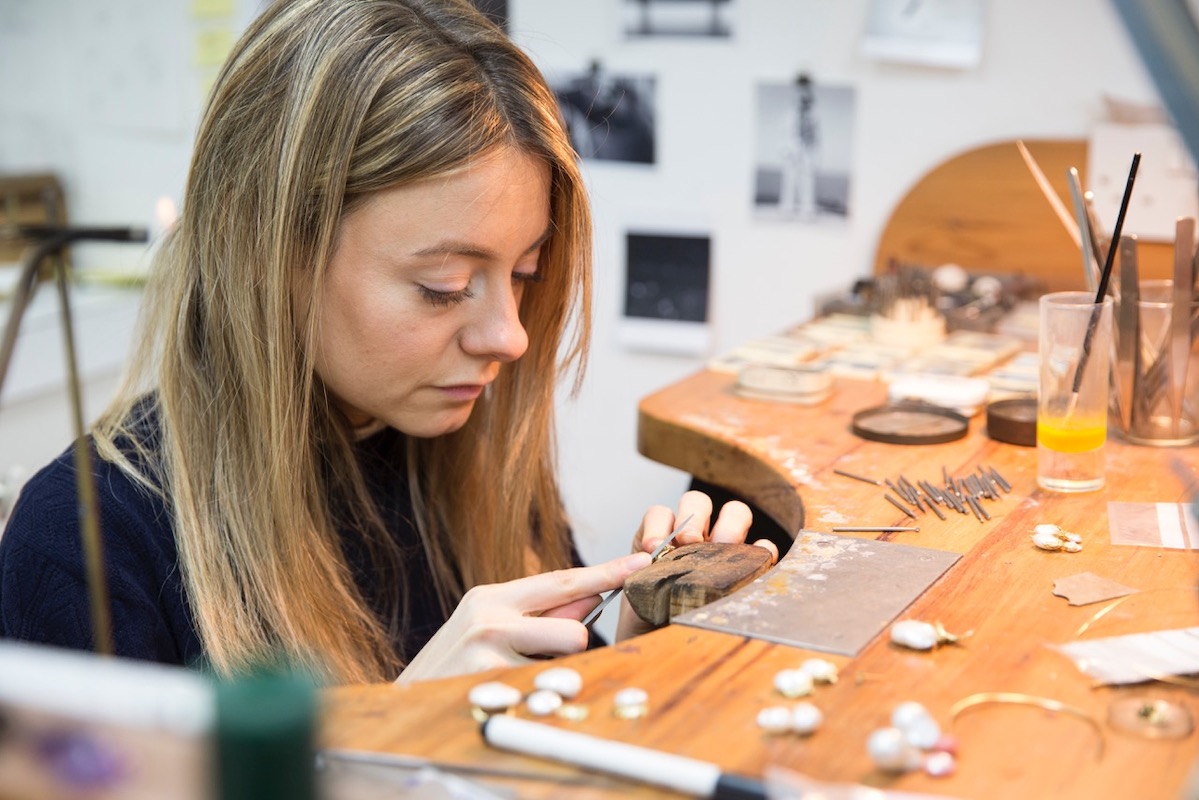
For centuries, commerce has been overwhelmed by inter-family branding techniques, often used by companies as a means of de-corporatising themselves or making their firm appear more family oriented. Barely a day goes by in which we forgo seeing reference to a whisky label with “& Sons” tacked on to the end or hearing about the newest nutritional wellness start-up launched by a millennial couple.
But one familial combination we rarely hear of in business is that of a father working with his daughter. And as Pimlico-based jewellers Jessie and David Thomas demonstrate, when a father and daughter work together in harmony and share a deep passion, the results can be nothing short of stunning, as Tempus learned when we spoke to the pair from their studio this month.
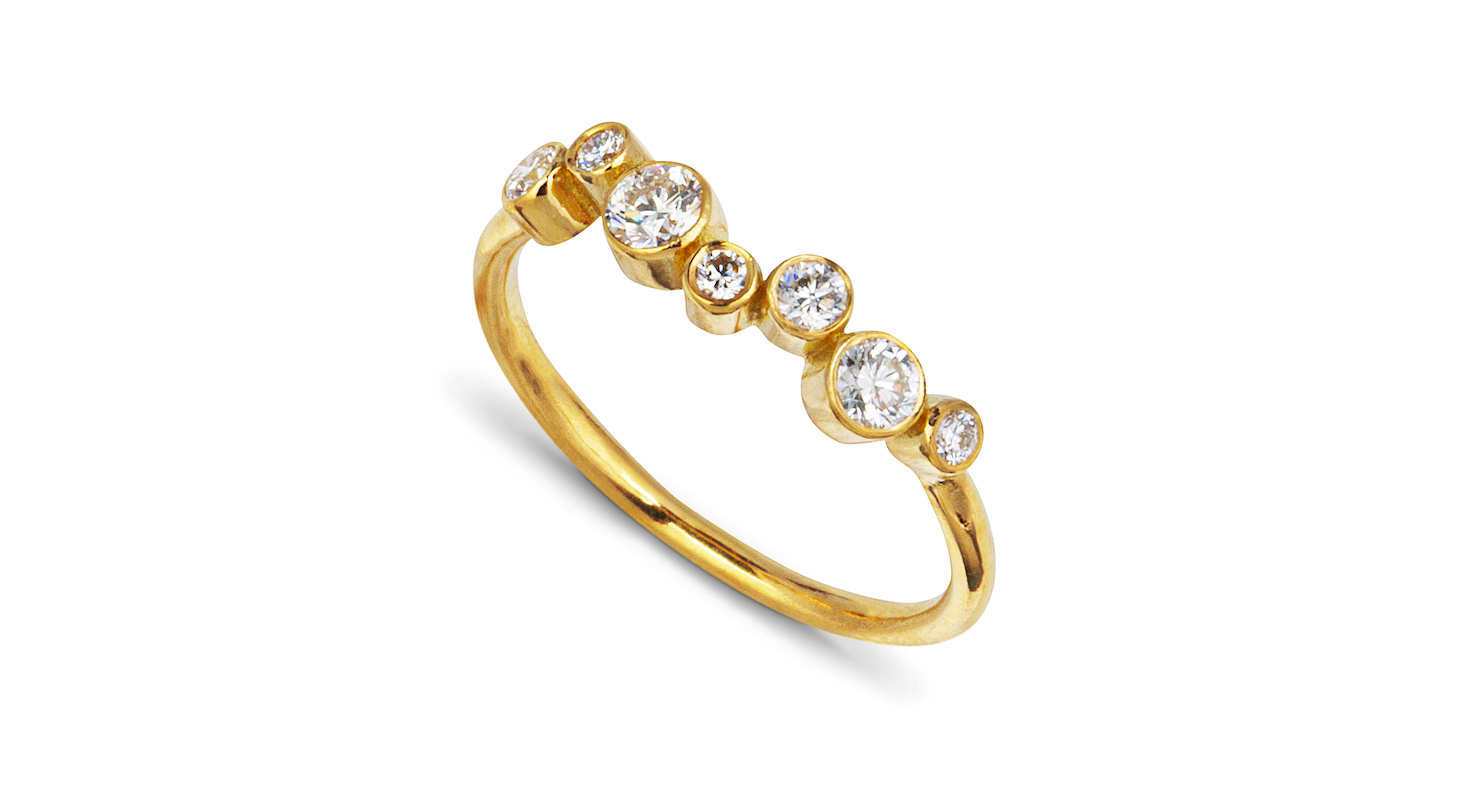
“I was at art school from a very young age. It was about all I could do; I was hopeless academically,” David jokes when asked about the origin of his passion. A student of the Royal College of Art and iconic Danish silversmith Georg Jensen, David is a master jeweller whose designs are striking and complex, informed by his pioneering work in avant-garde circles in the 1960s and an insistence that handmade jewellery be seen as a form of high art.
His pieces are full of purpose and movement – flourishes of gold appear to be in suspended animation – and his aesthetic philosophy seems clear-cut, as if it were innate to his inner being. But to hear him tell it in his own jovial, unpretentious manner, David’s love affair with jewellery began almost by chance.
“You could go to art school when you were very young back then, so I went and was put through the old art school tradition of doing everything – carpentry, sculpture, painting – and I just decided that metalwork was… kind of good,” he says with an air of nonchalance.
“You know, you bend a piece of metal and it stays where you put it, unlike most things,” he adds. “So eventually I had my own little workshop by the age of 13, making my own little pieces.”
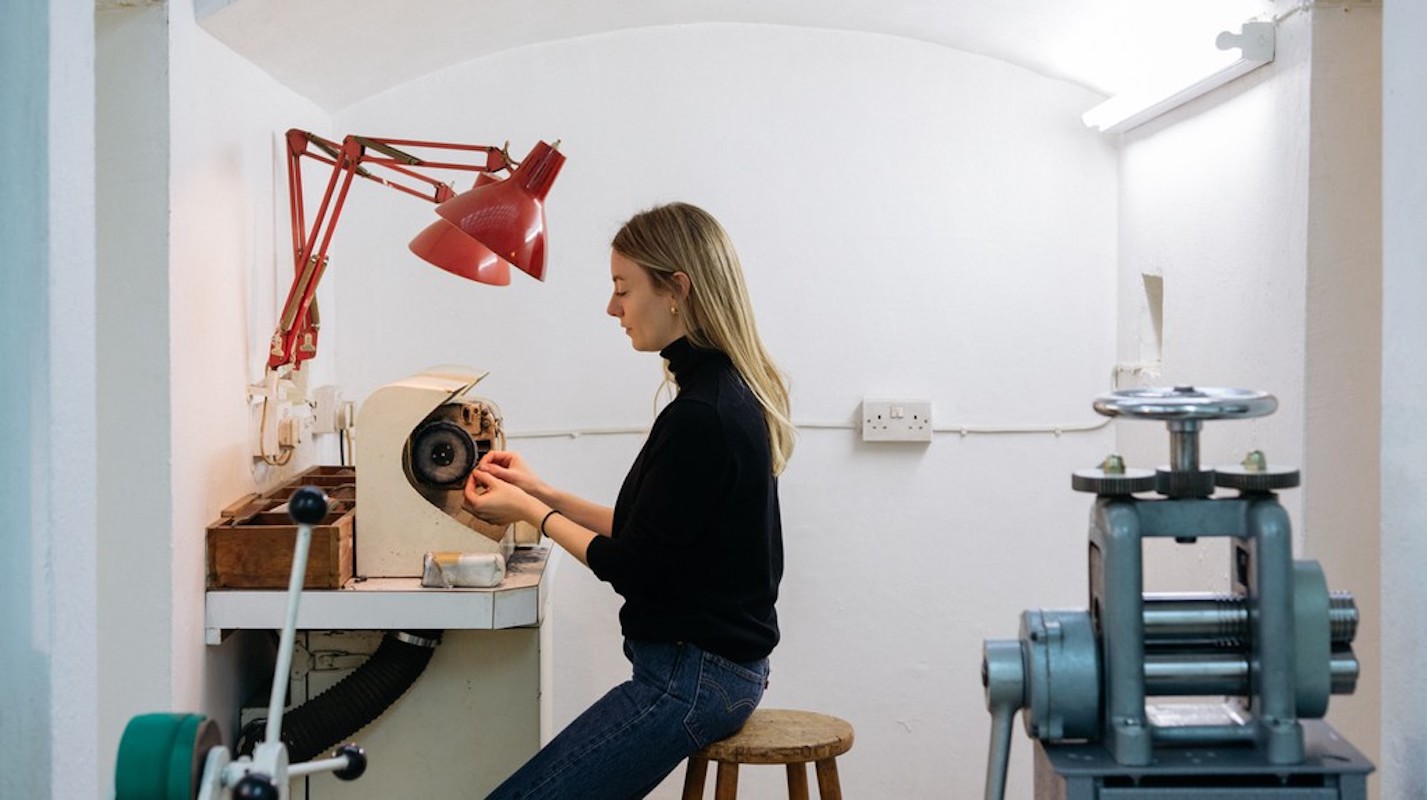
My audible incredulity over his remarkably early career launch draws a chuckle out of Jessie and prompts David to follow up: “Seriously, I couldn’t do anything else, I just wanted to make things. My mother got fed up with me working on the kitchen table, so we had a shed in the garden where I used to go and work, and that’s all I’ve done ever since, really.”
His exceptionally modest retelling of his rise to fame continues with his explanation of how he came to study under Jensen, one of the most prominent jewellers in Europe in the 20th century.
“Before I went to the Royal College of Art in 1958, there was really nowhere in this country where you could learn silversmithing and jewellery in any sort of interesting way, whereas the Scandinavians and Georg Jensen were much more interesting, so I took myself off to Denmark.”
“Did you get a scholarship there?” Jessie asks him after a short pause. “No,” David replies, before casually chucking in another intriguing plot twist. “I was in Scandinavia for about a year and a half in total, but most of that was actually working for the Swedish Crown Jewellers, W.A. Bolin, in Stockholm. They knew I was heading to the Royal College of Art so they gave me an apprenticeship.”
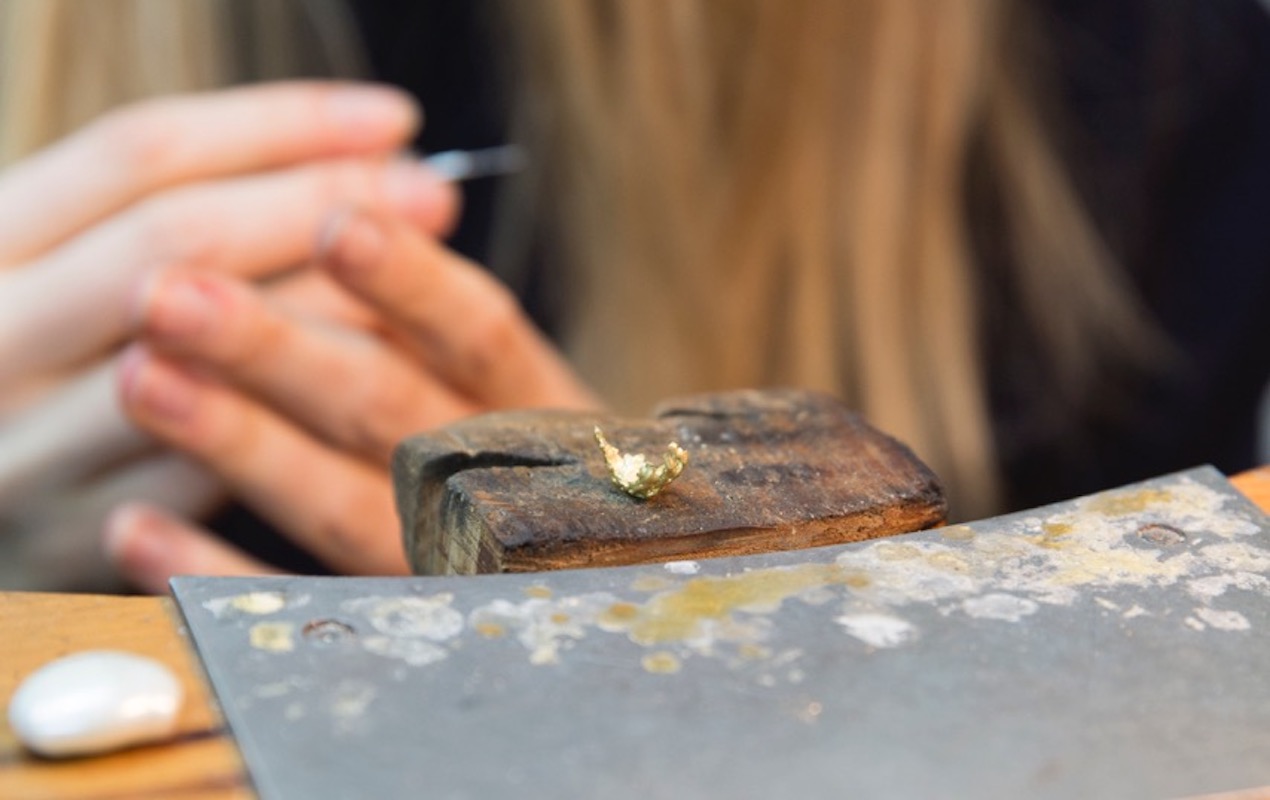
Listening to his tales, David’s passion and skill in his field becomes undeniable even if it remains hidden under a charming layer of self-deprecation – an artist doesn’t have pieces held in permanent collections at the V&A unless they are a once-in-a-generation talent. Yet to me, few things could better demonstrate his fervour for the art form than passing on his love of jewellery to his daughter Jessie, founder of Jessie Thomas Jewellery, based in the same Pimlico space as David’s workshop.
Having left university in 2010, Jessie, an art historian, wound up working in her father’s shop and was quickly ensnared by the art of jewellery, based partly on her exposure to the works of previous greats in the field.
“Once I become interested in something, I start looking at everyone who’s ever done it,” she tells me. “But the big figure I picked up on early on was Suzanne Belperron – I really love what she did with jewellery.”
Since founding her own brand in 2018, Jessie has made waves in the London jewellery scene due to her insistence – as shared with David – that all of her work be handmade; modern technology is akin to an unwelcome houseguest in her workshop.
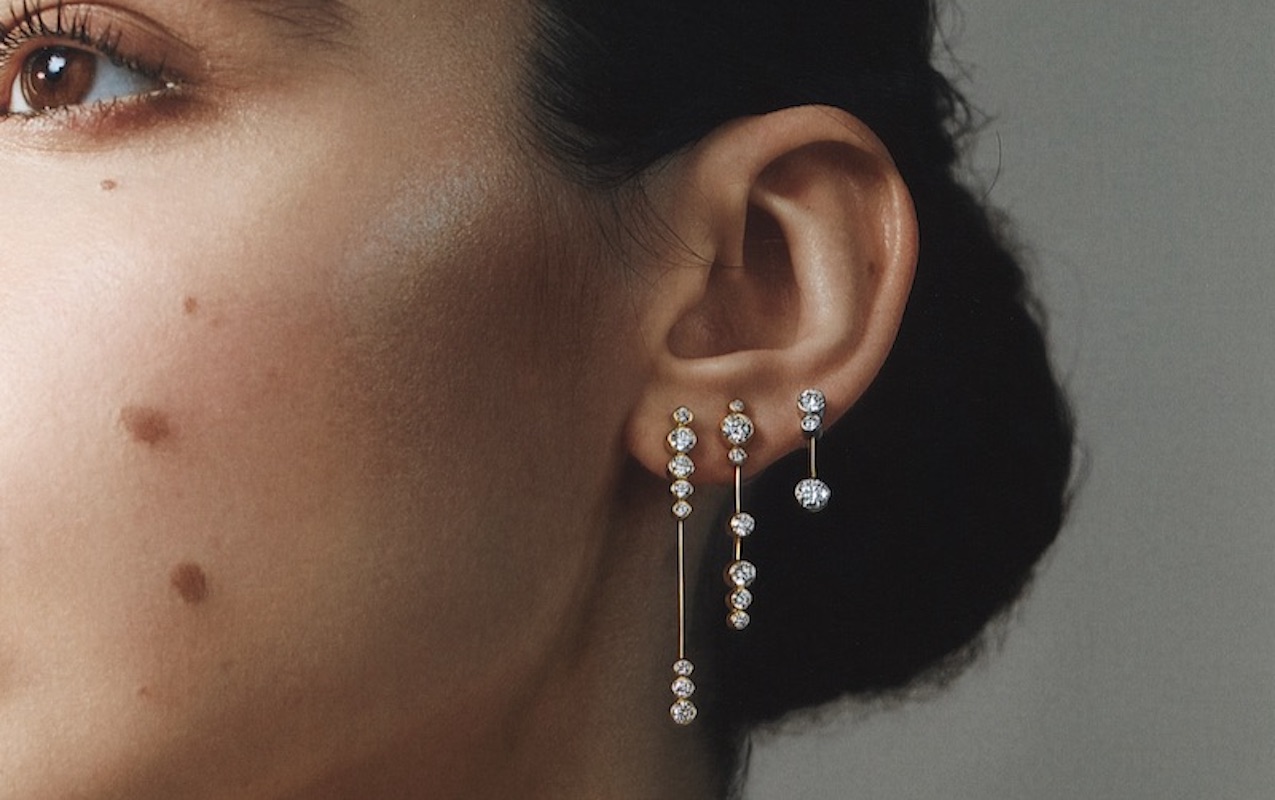
“I think that things that are made on a computer always tend to look like they were made on a computer, and that’s my fundamental problem with it,” she says. “I mean, yeah, it’s a great invention, it works well and I’m sure it makes people’s lives much easier, but when we make things like carved rings, the character is in the carving.”
“Yes, when you’re sitting there working on it you can get it exactly right as you go along,” David agrees. “Whereas you can’t really if you’re using a computer. Jewellery is a very precise art in which you are working with very tiny pieces of metal – I don’t know how you can do that with a computer.”
Jessie adds: “If you are going to make jewellery on a computer, you should learn at the bench first, so you have at least some understanding of the correct form of jewellery.”
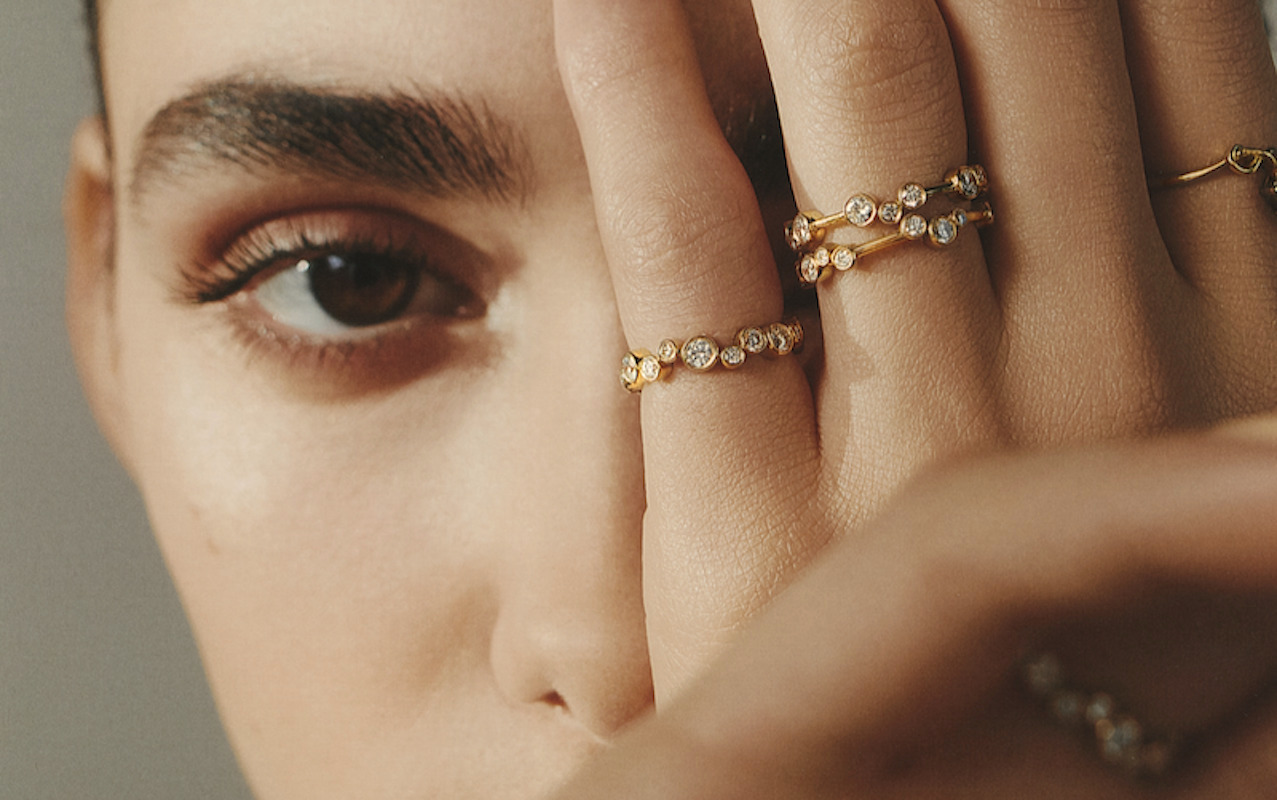
It is this purist approach that has guided her on the path to her latest dazzling creation, the Floating Diamonds collection, a stunning set of pieces in which Jessie showcases an innovative and unique approach to diamond setting in which the gems appear to – as the name suggests – float.
“The inspiration behind the collection was a technical one, I suppose. I decided I didn’t like jump rings – rings that connect using small gaps in the metal – and so we came up with hinged knife-edge wire that was mainly inspired by brooches,” she explains. “We worked out how to hinge this wire into the back of diamond settings so that you didn’t have to use jump rings, and so that the diamonds – from far away, at least – appear to be floating. It’s all based on Georgian diamond mounting, I suppose.”
David jumps in to sing her praises, leading to the two engaging in a charming father-daughter battle of modesty. “Yes, her technique is far neater and cleaner than jump rings,” he says, to which Jessie counters: “I mean, David has to help me a lot, so it is very handy having him around.”
“Oh no, she’s getting on very well on her own now,” David concludes.
As the conversation snakes through tales of 1950s Copenhagen and Jessie following in her father’s footsteps, the conversation draws to a close with my final question to the pair: “Who are your greatest inspirations?”
“I don’t know really! I went to Denmark because people like Georg Jensen were wonderful designers,” David answers. “Clean, simple silver shapes with beautiful form. That’s what I really appreciate. So yes, it's the Scandinavians – and to an extent the Italians – that I draw a lot of inspiration from.”
Jessie waits for a second before offering her own answer: “I get my inspiration mainly from David.”
Jessie Thomas’ Floating Diamonds collection is available at jessiethomasjewellery.com







